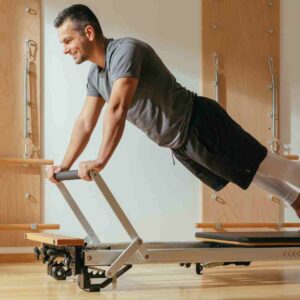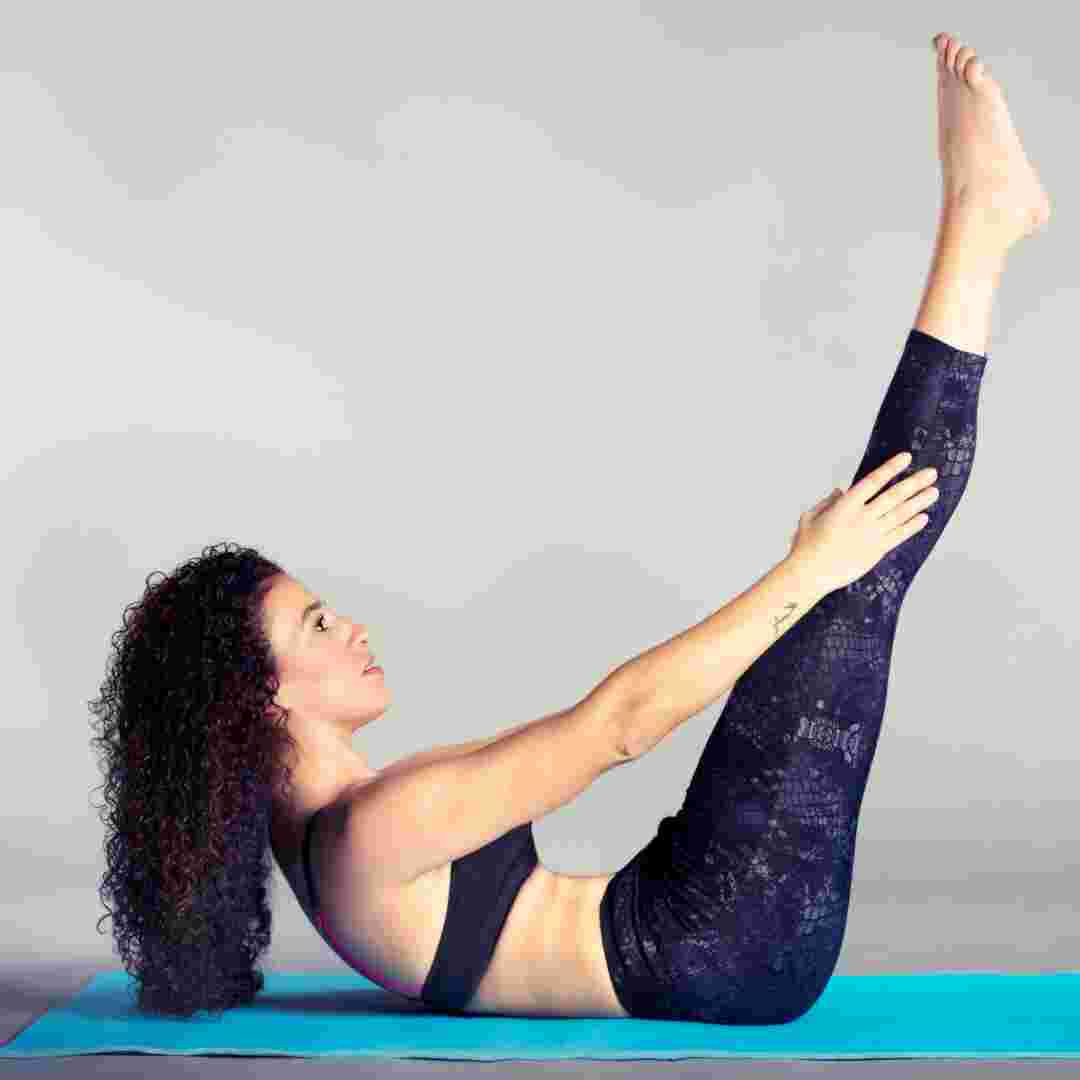Table of Contents
Introduction
Controlling Pilates: Tips and Techniques
Understanding Pilates Control
Controlling Your Pilates Routine
Q&A
Conclusion
"Pilates control helps you move gracefully and precisely."
Introduction
Control in Pilates is precise and focused movement during each exercise. It entails focusing on alignment, breathing, and muscular activation. It improves body awareness, stability, and coordination in Pilates.
Controlling Pilates: Tips and Techniques
Pilates improves core strength, flexibility, and body control. Control—the ability to move the body precisely and intentionally—is a key Pilates principle. This post will discuss Pilates control and offer ways for achieving it.
Pilates requires careful movement and bodily balance. Instead of motion or force, it involves regulated muscle engagement. This Pilates technique prevents injury, improves posture, and raises body awareness.
Start with the basics to master Pilates control. Use your breath to control your movements. Inhale deeply and exhale slowly, engaging your core muscles. This will keep you in control during practise.
Pilates also emphasises alignment. Proper body alignment helps you control and move precisely. Keep your shoulders back, spine straight, and hips level to attain appropriate alignment. This will engage the right muscles and prevent strain.
Each exercise requires adequate posture and muscular engagement. This demands a thorough understanding of physical movement. In a Pilates roll-up, the abdominal muscles should lift the torso rather than the arms. Focusing on the right muscles improves control and results.
Use props and modifications to master Pilates control. Resistance bands, balls, and blocks support the body and provide feedback on alignment and muscle engagement. Support from a chair or wall can also improve control and stability.
Finally, Pilates control requires constant practise. This requires continuous practise and patience as you perfect your technique. With time and effort, you may learn your body and improve your movements.
In conclusion, Pilates relies on control to improve posture, prevent injury, and increase body awareness. Proper alignment, muscular engagement, props, adaptations, and consistent practise are needed to grasp this theory. These ideas and strategies will help you regulate and precision your movements and reap the many advantages of Pilates.
Understanding Pilates Control
Pilates improves core strength, flexibility, and fitness. Pilates emphasises control. Control means moving the body with accuracy and intention while keeping form and alignment.
Control in Pilates prevents injury and maximises training benefits. Controlling your movements lets you use the right muscles and avoid joint strain. This is crucial for injured people or those with mobility issues.
Mindfulness and control are linked. Pilates emphasises breathing and mindfulness. Doing so helps you understand your body's movements. This increased awareness can help you detect weaknesses and imbalances and rectify them with specific exercises.
Start with the basics to master Pilates. Mastering foundational motions and establishing core strength is required. You can add more difficult, precise workouts as you develop.
Pilates props help build control. Resistance bands, balls, and blocks support and alter exercises. This can aid novices with balance and stability.
Pilates control also requires appropriate breathing. Pilates requires coordinated breathing and movement. Doing so improves concentration, control, and precision.
Pilates emphasises mental and physical control. This involves being cool and attentive during difficult activities or interruptions. Mental control helps you handle stress and improve your health.
Control underpins Pilates. It prevents injuries, improves fitness, and sharpens concentration. Pilates may be controlled and precise by understanding the basics, using supports, and breathing properly.
Controlling Your Pilates Routine
Pilates improves core strength, flexibility, and body control. Control—the ability to move the body precisely and intentionally—is a key Pilates principle. This article will explain Pilates' theory of control and how to use it.
Control in Pilates means being aware of your motions and in control of your body. It involves controlled muscle movement rather than momentum or external factors. Pilates movements should be intentional and focused on form and alignment.
Focus on your breath to add control into your Pilates programme. Pilates emphasises breathing, which helps you control your movements. Inhaling, expand your ribcage and fill your lungs. Exhale to engage your core muscles and control each movement.
Alignment is another technique to apply control to Pilates. Maintaining control and avoiding damage requires proper alignment. Throughout each exercise, keep your spine neutral, shoulders relaxed, and core engaged. This will help you maintain appropriate form and alignment for maximum Pilates advantages.
Along with breathing and alignment, each exercise should be done slowly and thoughtfully. This can help you avoid abrupt or sudden motions that could injure you. Take your time and attention on form and alignment throughout each exercise.
Finally, listen to your body and alter your Pilates routine. Stop exercising if it hurts and alter your form or the exercise. Pilates is about control, so pushing yourself too hard might hurt you and slow your growth.
In conclusion, Pilates relies on control to maximise its benefits. Focus on your breath, alignment, and purposeful movements to add control into your Pilates exercise and increase body control and strength. Always prioritise appropriate form and alignment to avoid injury and get the best results.

Q&A
1. What best describes the Pilates principle of control?
Answer: Control in Pilates is precise and focused movement during each exercise.
2. How does Pilates apply control?
Answer: Pilates emphasises good form and alignment during each exercise through the notion of control.
3. Why does Pilates emphasise control?
Answer: Control in Pilates prevents injury, improves body awareness, and boosts workout efficacy.
Conclusion
The Pilates principle of control emphasises good form and alignment, employing deliberate and precise movements to target specific muscles and avoid strain or injury. Pilates workouts and mind-body connection require this principle.


